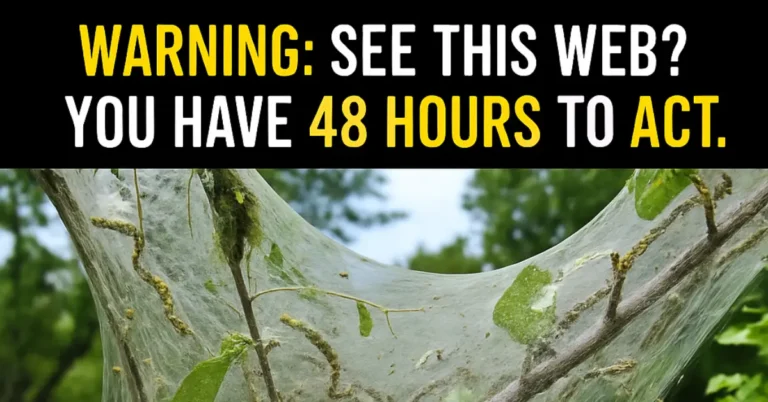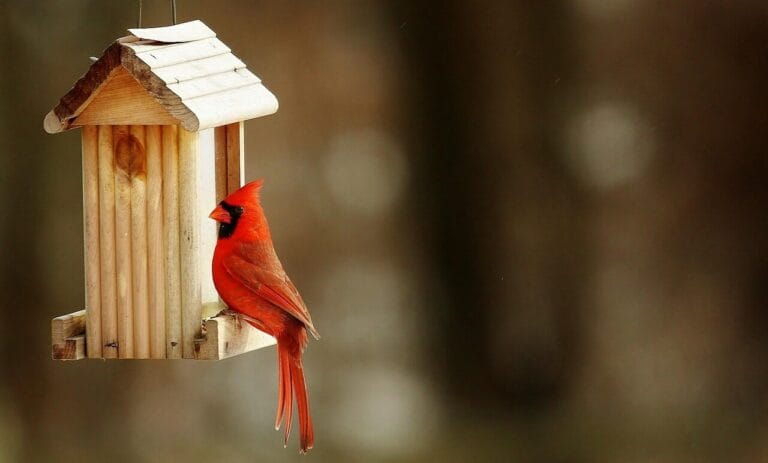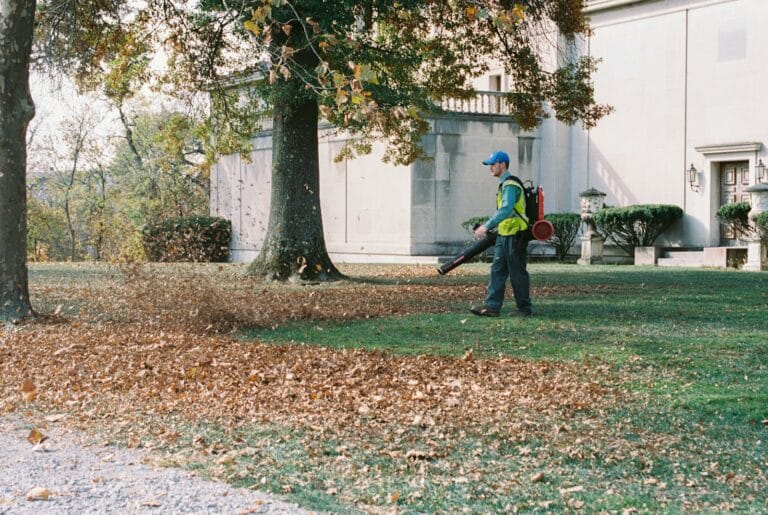The Shocking Truth About When to Fertilize Your Lawn

Every year, millions of homeowners unknowingly hurt their grass by fertilizing at the wrong time. If your lawn looks thin or struggles to stay green through the seasons, you’re probably feeding it when it doesn’t need it. Forget the old rules—a new study confirms the exact, most effective time to apply fertilizer. Getting the timing right is the single biggest step you can take toward achieving the lush, deep-green lawn you want. The simple fact is that timing is more important than the brand of fertilizer you use, and applying it at the wrong time can actually encourage weeds and stress your grass.
The Biggest Mistake Homeowners Make
Most people think spring is the time to fertilize, eager to kickstart their grass after a long winter. This is the common, yet most damaging, error. Applying a heavy fertilizer dose in early spring forces your grass to grow too quickly. This results in weak, shallow roots and tender blades that are easily damaged by the coming summer heat and drought. It also means you’ll be mowing constantly! Instead of building a strong foundation, you are creating a fragile lawn that is highly susceptible to disease and weed takeover. This poor timing often leads people to over-fertilize later in the year, starting a cycle of high-maintenance yard work.
The New Rule: Focus on Fall
The secret to a healthy, resilient, green lawn lies in shifting your focus entirely to the fall season. Cool-season grasses, like Fescue and Bluegrass (common in the U.S.), do their most important root growth in the fall when the air is cool but the soil is still warm.
The confirmed optimal window is late fall, specifically between mid-October and mid-November.
This application is often called the “winterizer.” When you fertilize at this precise time, the grass leaves won’t grow much, so you don’t have to mow more. Instead, the nutrients are funneled directly into the root system and stored as energy. This builds a robust, deep root structure capable of surviving the winter and allows the grass to green up faster and thicker in the following spring—without the forced, fragile growth caused by early spring feeding. This one application in late fall is arguably the most beneficial thing you can do for your lawn all year.
A Simple Two-Step Plan for Year-Round Health
For the best results, lawn experts and studies now recommend a simplified, targeted approach focusing on two key times:
- Early Fall (September): This application helps the grass recover from the summer stress and prepares it for its major root-building phase. This is when the grass can use the nutrients to repair and begin storing energy.
- Late Fall/Winterizer (Mid-October to Mid-November): This is the most crucial feeding. It fuels deep root growth, protects against winter damage, and gives the grass a significant reserve for an early, strong start in spring.
Pro Tip: Before your late-fall application, consider scarifying or aerating your lawn to ensure the fertilizer reaches the soil and roots, maximizing the effect. You can find more helpful lawn tips at Fit For Yard.
This new, targeted strategy reduces the need for constant feeding and chemical use throughout the year. It builds a naturally stronger, greener, and more disease-resistant lawn from the ground up.
What to Do Now
If you want a thick, weed-resistant lawn next year, ditch the spring-first approach. Focus your energy (and fertilizer) on the late fall application now. If you haven’t fertilized since the summer, apply a slow-release granular fertilizer within the next few weeks (mid-October to mid-November). It’s the last chance to build those vital root reserves before winter sets in. Following this new advice will save you time, money, and yield the best results for your yard, as reported in the latest News.






![Does Overwatering Your Lawn Cause Brown Patches? [Complete Guide] pexels photo 4870796 4870796](https://fitforyard.com/wp-content/uploads/2025/09/pexels-photo-4870796-4870796-768x512.avif)


